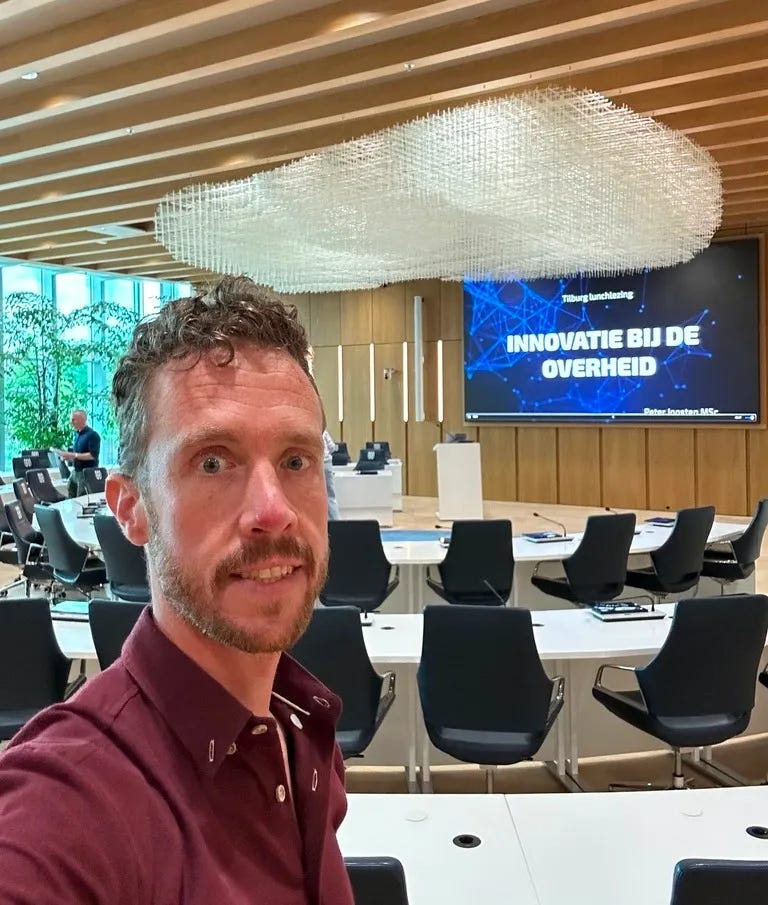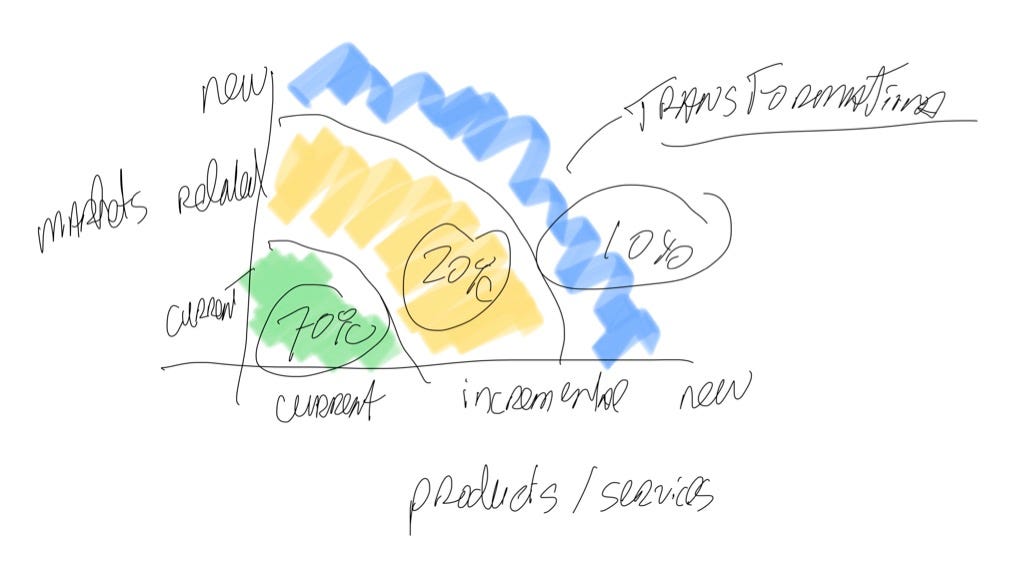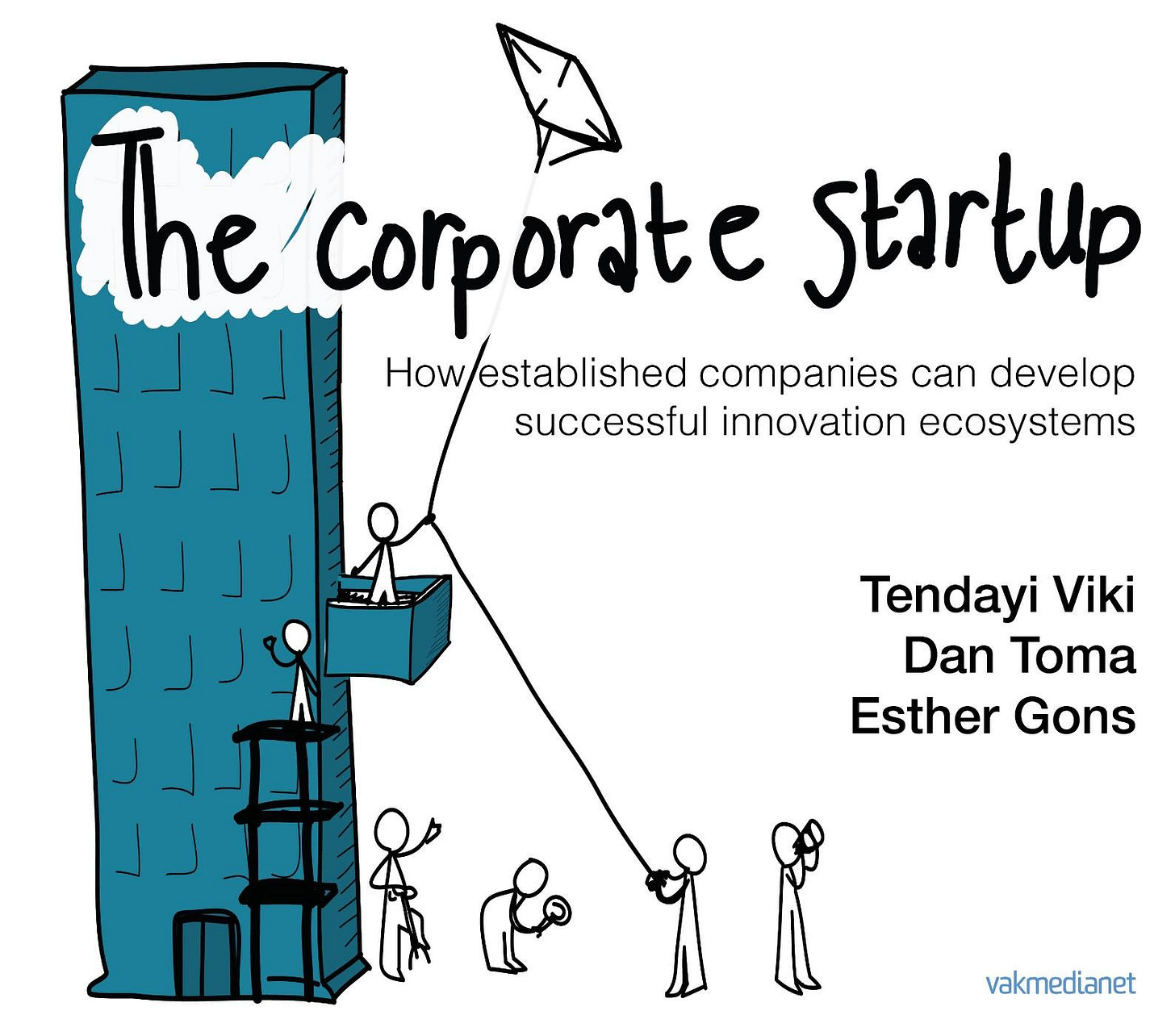Hi,
The phone rings. It's the real estate agent. A few days earlier, he had sent a quote to guide the sale of our apartment in downtown Amersfoort.
Hi Peter. I was just curious if everything is clear. And we're still very enthusiastic about working with you.
That phone call stayed with me in the days that followed. It didn't feel sales-y. The fact that he briefly checked a few things with me, I actually found quite nice as a potential client.
That got me thinking.
The work of a real estate agent oddly resembles my own work as a speaker or workshop facilitator.
Especially the first part: a potential client wants to collaborate, we call to discuss the request, and then I send a quote by email.
Until the real estate agent's call, that's where it ended. I waited to see if the client would respond with approval or rejection.
But since that phone call from the real estate agent, I call a few days after my email with the quote to follow up. I don't have hard evidence, but my feeling says that the phone calls lead to more assignments.
And apart from that: those phone calls are actually always nice conversations.
That's innovation on a small scale: how can you improve things in your own product, service, or way of working?
In the upcoming newsletters, I'm going to share more with you about innovation. In this edition: my Innovation Model.
Happy reading,
Peter
The Innovation Model
Innovation is not something mystical or mysterious. Companies that successfully innovate have smart models, structures, and processes for it. In my research, I've found a common thread in this. In five steps, I'll take you through how you can innovate better, faster, and more successfully: the Innovation Model.
The Innovation Model consists of these steps:
Identification
Inventarization
Ideation
Iteration
Implementation
In this edition of the newsletter, I highlight the first phase: identification.
Step 1: Identification
The identification phase is about determining a strategy for innovation.
In the strategy, you determine what you want to achieve with innovation and how you want to do it.
Checklist
For determining your innovation strategy, you can use this checklist:
Ambition. How much added value do we want to get from innovation and how much are we going to invest?1
Portfolio. In which areas do we want to innovate, in which areas don't we?
Organization. How are we going to organize the innovation activities? In a separate department, a team, or in another way?
Collaboration. With whom and in which networks do we collaborate on innovation?
Evaluation. How do we assess whether the innovation activities are successful? At what moments do we do this?
Example
A beautiful example I find is De Zorggroep in Venlo, a large healthcare organization in the Netherlands. A few weeks ago, I gave a lecture there about technology and innovation in healthcare.
The most important starting point of their innovation strategy is that they want to be a 'first follower'. This means they don't want to test and experiment with innovations, with the risk of encountering all kinds of teething problems.
But when they see a good innovation at other healthcare organizations, they look at it and investigate whether they can also apply it.
Determining Portfolio
How do you then determine where you're going to spend your time and money? Scientists Nagji and Tuff developed a handy framework in 2012 for managing an innovation portfolio.
They make a distinction in three areas, based on two axes:
where you play (the market, on the y-axis)
how you can win (the offering of products or services, the x-axis).
As a rule of thumb for deploying your time and resources, they indicate that you invest 70% in existing markets and offerings (green part), 20% in related markets and incremental adjustments (yellow part), and 10% in transformation, new markets and a new offering (blue part).
The return on this investment is reversed according to Nagji and Tuff: ultimately, the 10% investment in transformation delivers over 70% of revenue and profit.
Note: these ratios differ per sector. For companies that sell consumer products (like bikes or soup), the distribution is different: 80% green, 18% yellow, and 2% blue.
Which products and services you're going to innovate on and how you do it, you determine in the next steps of the Innovation Model. More about that in the next newsletter!
Deep Dive on AI & Work
Articles, books, podcasts, videos, documentaries, and more on this theme.
1. READ / Curious about more context and the definition of innovation? This newsletter was about that:
2. READ / Innovation isn't just for small agile start-ups. In the book The Corporate Startup you learn how to innovate in larger organizations.
3. WATCH / The series Slow Horses (on Apple TV+) is about the misfits of the British Secret Service. Nobody takes them seriously, but the failed spies find unconventional solutions that work.
🙏 Thank you for reading
This newsletter is free, but not cheap to make.
You can help me in a number of ways: forward this newsletter to someone who likes it, subscribe to my YouTube-channel, or hire me to speak.
Interested to hire me? Feel free to fill this form!

Added value is not only about greater revenue or more profit. It can also be about cost savings, customer satisfaction, market share, or goals around sustainability.




